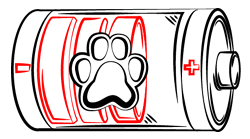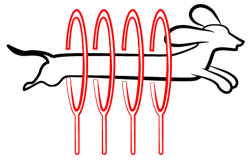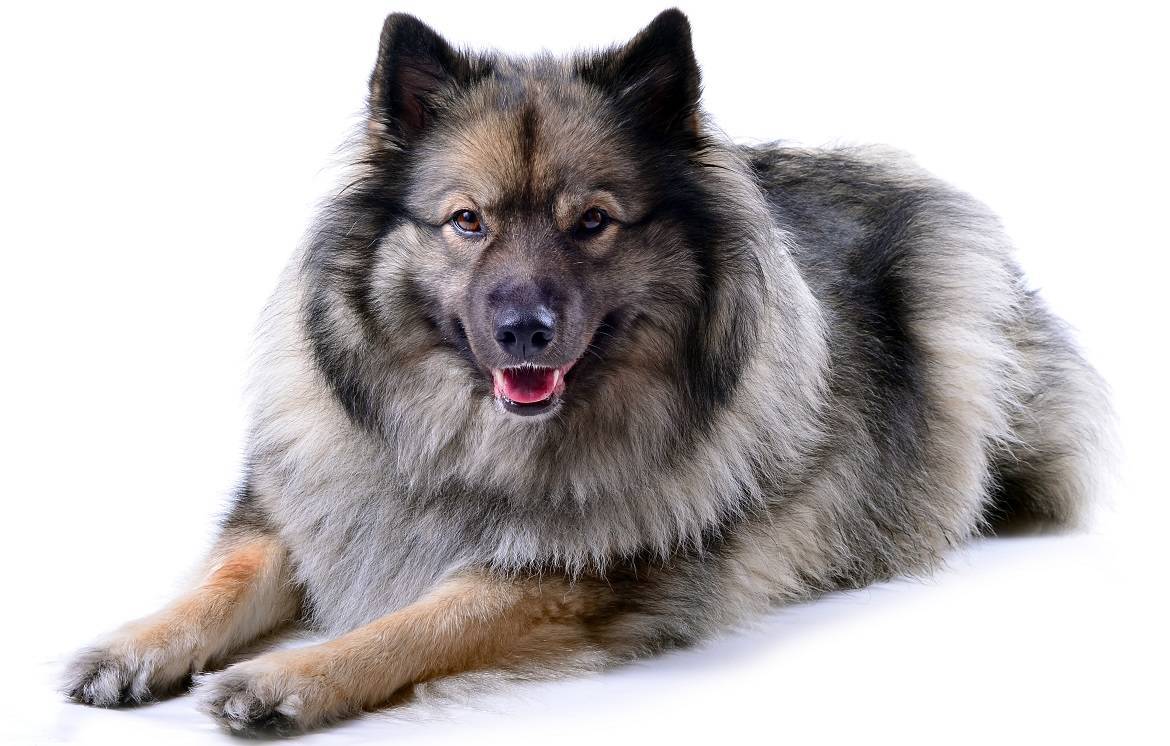
Paws ‘N’ Pups Quickview
Size
| Energy Level
| Trainability
| Paws ‘N’ Pups Rank
|
Characteristics
| Physical Characteristics: Height: 16-19” Weight: 35-45 lbs. Energy Level: Moderate | Colors: The American Kennel Club recognizes the Keeshond in the following colors:
|
Health & Longevity
Average Life Span: 12-14 years
The Keeshond is considered to be a healthy breed, but it is important that you always work with a reputable breeder to ensure the health of your puppy. Breeders who do not follow proper practices can have puppies on hand that are riddled with genetic diseases. Some of the conditions you need to keep an eye out for include epilepsy, patellar luxation, hip dysplasia, and skin problems.
Epilepsy can be prevalent in your Keeshond and can occur in any breed of dog. It is important to understand this disease and work closely with your veterinarian. Seizures can be scary for both you and your pup. It is often managed through medicine, but it can lead to a loss of consciousness when an episode occurs.
Patellar luxation is a knee dislocation or a loose knee. This condition can cause a lot of pain for your pup and you may notice that your pup’s knee or leg seems loose and does not move correctly. Often times, your pup will keep the affected leg lifted off of the ground in an attempt to ease the pain.
Hip dysplasia is a genetic condition that affects the hip joint in your Keeshond. This condition can lead to a lot of pain and even arthritis. You may notice that your pup has trouble getting up and down from a lounged position and your once energetic dog may no longer be as active.
Lastly, your Keeshond may have skin problems or conditions that develop over the course of his or her life. It is important that you keep an eye on your pup’s skin and alert your vet if you see any inflammation, itching, or redness.
The Keeshond has a life expectancy of 12 to 14 years.
Temperament & Train-ability
The Keeshond is considered to be a friendly and outgoing pup that loves life and is not afraid to show it. You will find that this breed is vivacious and likes to prance around and explore the world around him or her.
While this breed loves to enjoy life, it is no surprise that some of this exploration and enjoyment can lead to a mischievous side of your pup. Your pup may get into some trouble now and again so keep an eye on what your pup is doing.
This breed is quick on its feet and active. They need to receive exercise daily. You will find that your Keeshond is best suited for outdoor activities and loves to go out.
Your Keeshond will serve as a good watchdog because he or she is alert and vocal when someone approaches the home.
You do not have to worry about pets and children because your Keeshond will get along with them very well. Affection is never a problem, and you will receive tons of love from your new puppy.
Training comes easy for this breed, and you will find that your pup learns quickly and likes to obey your commands. This breed likes to receive treats and praise for good behavior, so try to remember this during training.
Grooming
The Keeshond is considered to be moderately easy to groom and maintain. You will find that you need to provide daily brushings for your pup to help remove any tangles, debris, or mats from his or her coat.
This breed requires a professional trimming and stripping every few months. You can have this performed by a professional groomer.
Your Keeshond does not have a regular bath schedule, and you can bathe your pup as needed when he or she is dirty or smells. You do, however, need to clean your pup’s ears once per week to prevent any ear infections.
Lastly, you need to make sure that you trim your pup’s nails once per month or more often as needed. When a pup’s nails are allowed to grow too long, they become painful, and they can split, break, and or even snag on the concrete or carpet. If you are worried that you cannot cut your pup’s nails, you can take him or her to the local groomer to have the trimming performed.
Diet
Your Keeshond will consume approximately 1.5 cups to 2.5 cups of dry kibble per day. Ideally, you should split this amount into two meals per day – once in the morning and once in the evening.
You should also make sure that you feed your pup a high-quality kibble that is made with wholesome, natural ingredients and not fillers or by-products. Wet food is okay to feed your pup on occasion, but should not be relied upon as it can lead to obesity.
Looking for a Keeshond?
 Find A Keeshond Breeder |  Keeshond Puppies For Sale |  Adopt A Keeshond |
Cost
A Keeshond puppy will cost you approximately $1,000. It is important to note that this is not the only fee you will end up paying over time. You need to factor in yearly checkups, vaccines, preventative medicine, and pet supplies as well. These are yearly costs that will continue to recur over the life of your puppy.
Paws ‘N’ Pups Ranking
Paws ‘N’ Pups ranks every breed out of 4 with 1 being easiest to integrate into your life and 4 being the toughest – The lower the ranking the better.
Ranking takes into account a few basic factors including cost, skill level needed, high vs low maintenance and how critical regular training is to success. The Keeshond is a terrific choice for active families because you will find that this breed loves to go outside and explore. While your pup is adventurous, you will find that he or she can adapt to apartments and condos. This breed does well with children and pets, so he or she does not pose any risk to them. You will find that you receive a lot of affection from your Keeshond too. This breed ranks a 1.
Breeds Similar To Keeshond
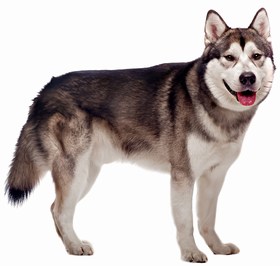 Alaskan Malamute | 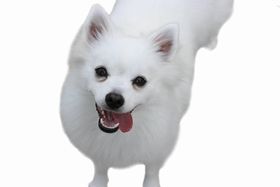 American Eskimo Dog | 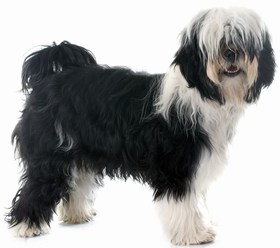 Tibetan Terrier | 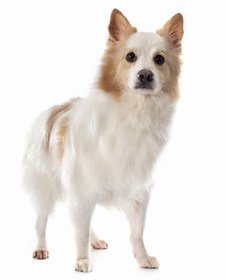 Icelandic Sheepdog |


